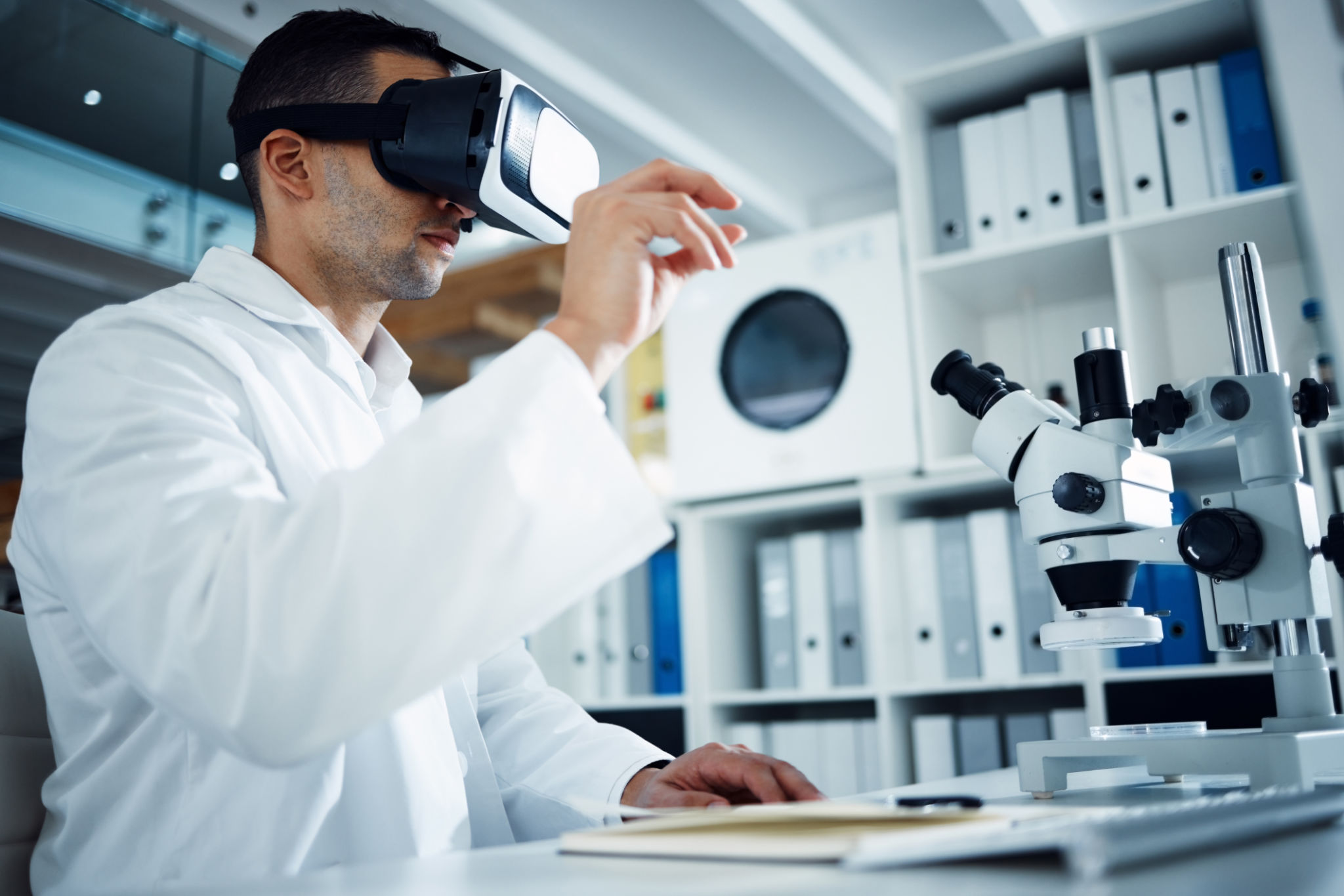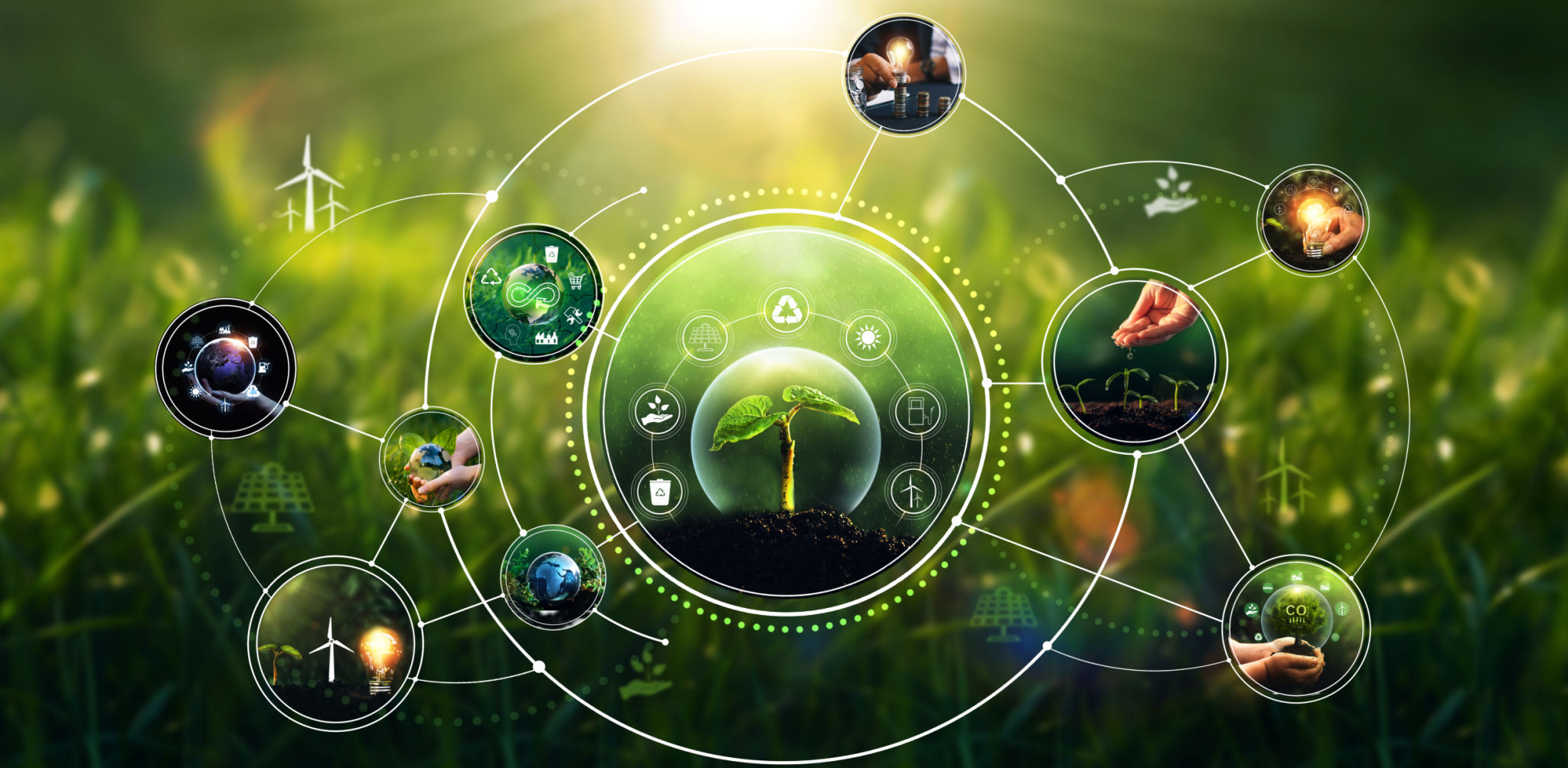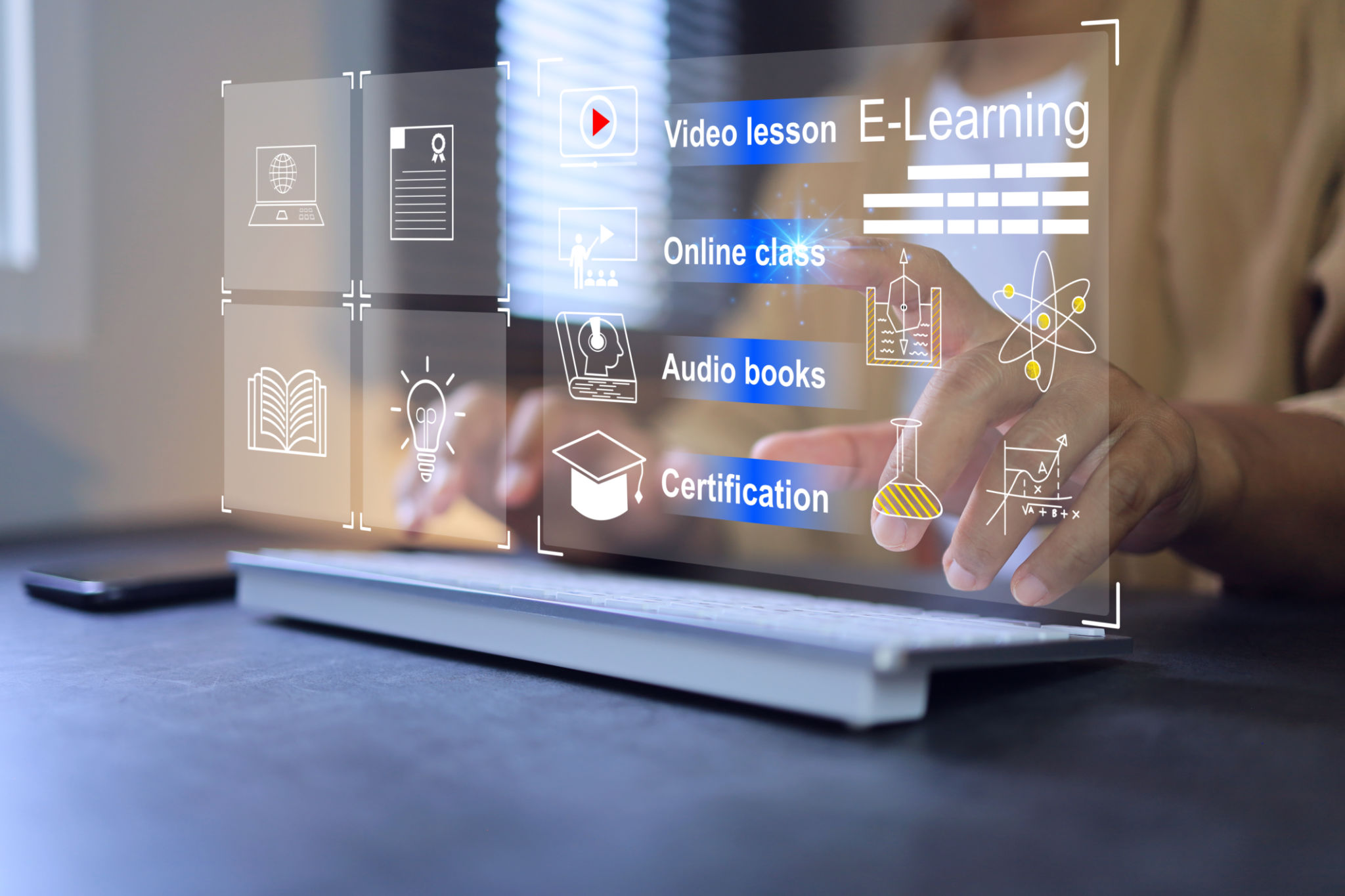Exploring the Latest Trends in Science Education
Incorporating Technology in Science Education
The integration of technology in science education has been a game-changer. With tools like virtual labs, interactive simulations, and augmented reality, students can now experience scientific concepts in a more engaging and immersive way. These technologies not only make learning more fun but also enhance understanding and retention of complex topics.
For instance, virtual labs allow students to conduct experiments in a risk-free environment. This is particularly beneficial for schools with limited resources, as it provides all students with equal opportunities to explore and learn. Additionally, interactive simulations can help visualize abstract concepts, making them easier to grasp.

Emphasis on STEM Education
STEM education, which stands for Science, Technology, Engineering, and Mathematics, has gained significant attention in recent years. The goal is to prepare students for the demands of the modern workforce by fostering critical thinking, problem-solving, and collaborative skills. This interdisciplinary approach helps students see the connections between different fields and understand how they can be applied in real-world scenarios.
Many schools are now offering specialized STEM programs and extracurricular activities to encourage students to pursue careers in these fields. Robotics clubs, coding workshops, and science fairs are just a few examples of how schools are promoting STEM education.
Project-Based Learning
Project-based learning (PBL) is another trend that is transforming science education. Instead of traditional lectures and rote memorization, PBL encourages students to work on real-world projects that require them to apply their knowledge and skills. This hands-on approach not only makes learning more engaging but also helps students develop a deeper understanding of scientific concepts.

For example, students might work on a project to design a sustainable energy solution for their community. This would require them to research different energy sources, analyze data, and collaborate with their peers to come up with a viable solution. Through this process, they learn not just the science behind energy but also valuable skills like teamwork and critical thinking.
Personalized Learning
Personalized learning is an educational approach that tailors instruction to meet the individual needs, interests, and abilities of each student. In science education, this can be achieved through adaptive learning technologies that provide customized lessons and feedback based on a student's performance. This ensures that students are neither bored nor overwhelmed, allowing them to learn at their own pace.
Moreover, personalized learning can help identify and address gaps in a student's understanding. For instance, if a student is struggling with a particular concept, the technology can provide additional resources and practice problems to help them master it. This targeted approach can significantly improve learning outcomes.

Collaborative Learning
Collaborative learning is another trend that is gaining popularity in science education. By working together on projects and experiments, students can share ideas, ask questions, and learn from each other. This not only enhances their understanding of scientific concepts but also helps develop important social and communication skills.
Incorporating group activities and discussions into the curriculum can also make learning more enjoyable and engaging. For example, students might work in teams to build a model of the solar system or conduct a group experiment to test a scientific hypothesis. These collaborative experiences can foster a sense of community and encourage a love for learning.
Focus on Environmental Education
With growing concerns about climate change and environmental sustainability, there is a renewed focus on environmental education in science curricula. Schools are now incorporating lessons on topics such as renewable energy, conservation, and climate science to raise awareness and inspire action among students.
Environmental education not only teaches students about the science behind these issues but also encourages them to think critically about their impact on the planet. By engaging in activities like recycling programs, conservation projects, and environmental clubs, students can learn how to make a positive difference in their communities.

In conclusion, the latest trends in science education are making learning more interactive, personalized, and relevant to the real world. By embracing these innovations, educators can help students develop the skills and knowledge they need to succeed in the 21st century.